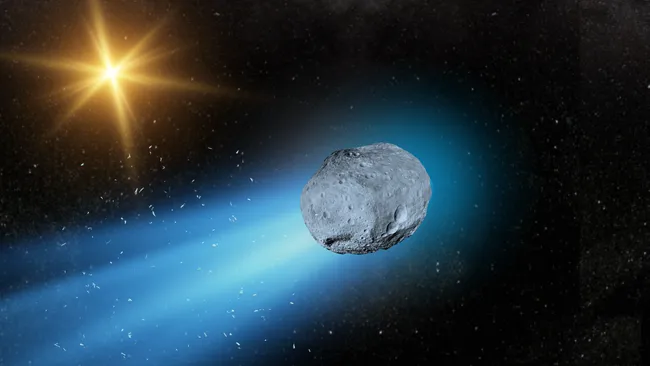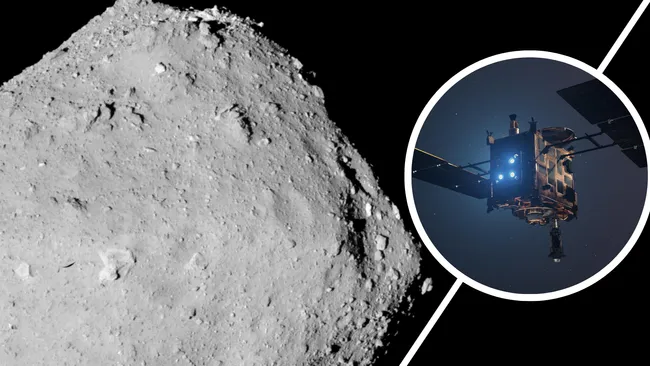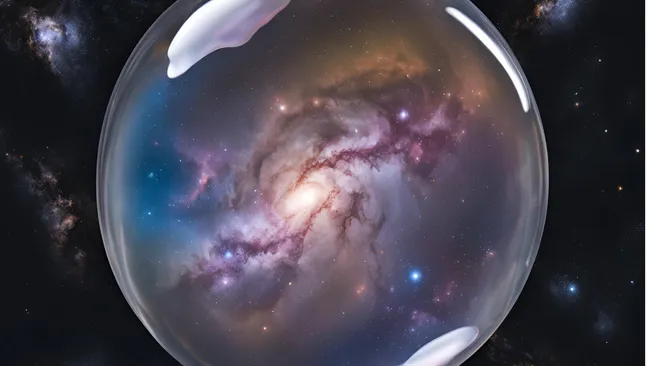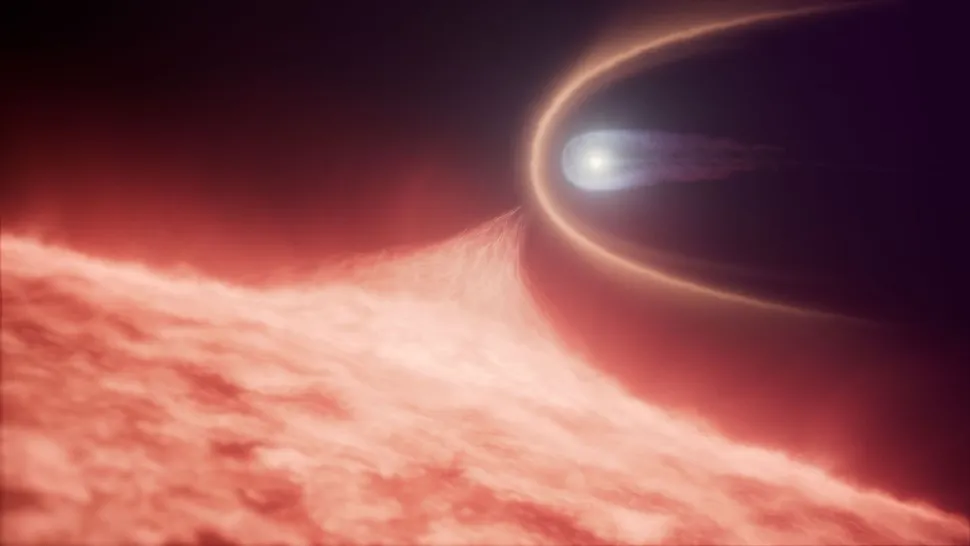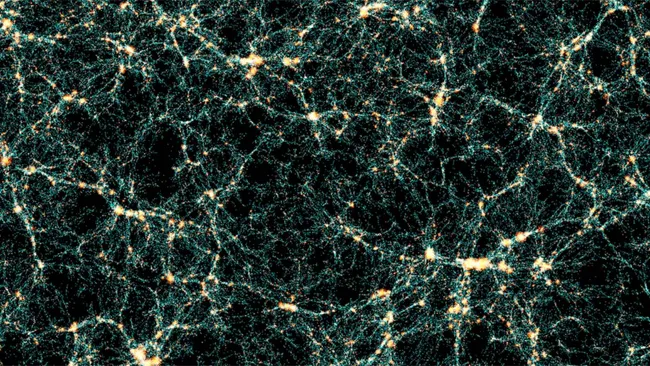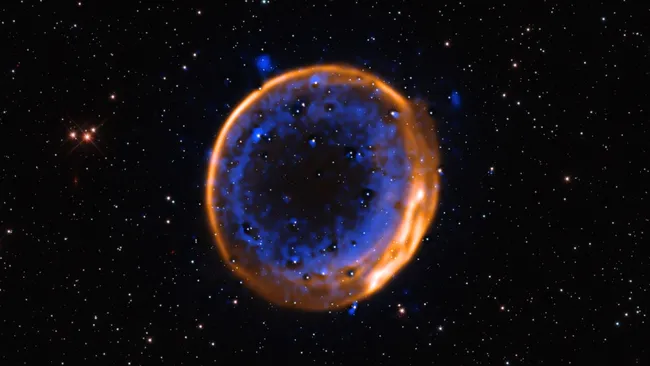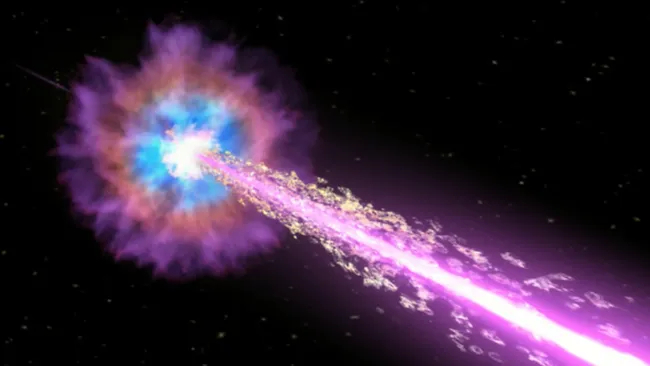The possibility of sending spacecraft to interstellar visitors has taken a big step forward. A new study by the Southwest Research Institute (SWRI) concludes that flyby missions to interstellar objects like ‘Oumuamua are both feasible and affordable.
Researchers pointed out that comet 3I/ATLAS, the third confirmed interstellar object, was already within reach of such a mission. “The trajectory of 3I/ATLAS is within the interceptable range of the mission we designed,” said Matthew Freeman, project manager and director of space instrumentation at SWRI.
While orbiting these fast-moving bodies remains impossible due to their hyperbolic trajectories, SWRI argues that flyby reconnaissance could deliver unique insights into their composition and origins. Alan Stern, SWRI associate vice president and leader of the project, emphasized that such missions would “significantly expand our understanding of solid body formation processes in other star systems.”
Stern is best known as principal investigator of NASA’s New Horizons mission, which achieved the first flyby of Pluto in 2015. He later directed the spacecraft toward Kuiper Belt objects and even joined a suborbital research flight with Virgin Galactic in 2023.
Comet 3I/ATLAS follows the discoveries of 1I/‘Oumuamua in 2017 and 2I/Borisov in 2019. Detecting interstellar visitors has been rare, but upcoming all-sky surveyors like the Vera C. Rubin Observatory could make such detections common within the next decade.
SWRI’s analysis used software to simulate a population of interstellar objects and determine how much energy spacecraft would need to intercept them. The study showed that flyby missions to interstellar objects often require less energy than many current solar system missions.
Though the mission concept has not yet been proposed to NASA, scientists stress that planning now would allow future spacecraft to study visiting comets and asteroids. Investigations could include physical structure, formation history, or even analysis of the coma — the exosphere of gas and dust that forms as these objects approach the sun.
Mark Tapely, an SWRI orbital mechanics specialist, said the arrival of 3I/ATLAS “further strengthens the case” for developing such missions. “We demonstrated that it doesn’t take anything harder than the technologies and launch performance missions that NASA has already flown,” he noted.
With growing detection capabilities and proven technologies, flyby missions to interstellar objects could soon become a landmark step in exploring worlds beyond our solar system.

